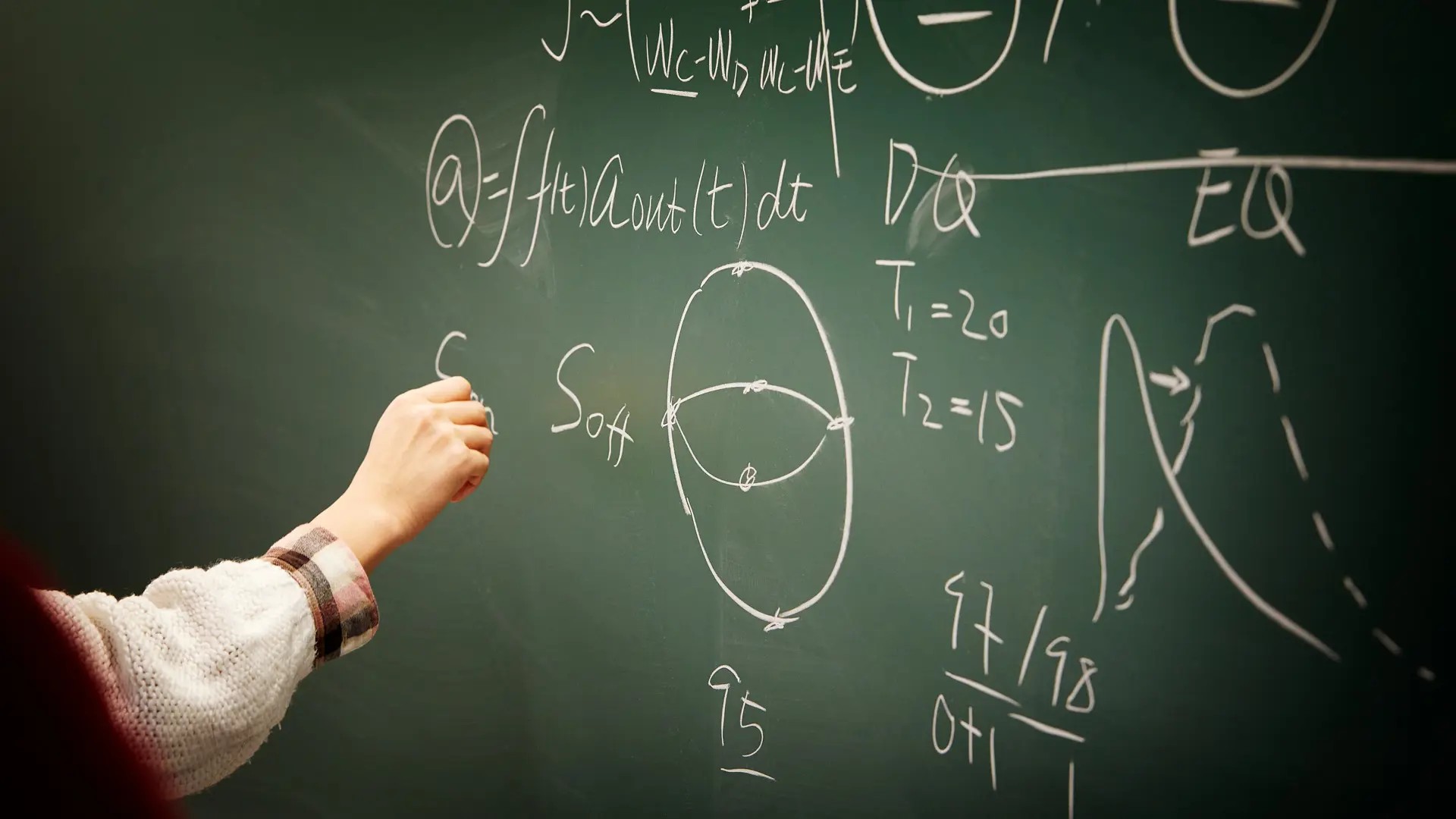
The research in the Applied Quantum Physics Laboratory goes along three major directions: quantum information processing with superconducting circuits, transport phenomena in graphene and molecular nanostructures, and unconventional and topological superconductors. Our goals are applications of novel low-dimensional materials, novel superconductors and their heterostructures, superconducting spintronics and quantum information processing with superconducting electronics.
The Applied Quantum Physics Laboratory (AQP) is despite its name a home to theoretical physicists only. AQP has been growing in the past few years and we are currently around 35 theorists, with a gender balance female/male of 40/60. We often work on applying our theoretical tools to present and potential future solid-state physics experiments, at MC2 and elsewhere.
Our current activities span quantum thermodynamics, exotic phases in high-temperature superconductors, heat, spin and charge transport in nanostructures, graphene and other 2D materials, quantum information in continuous variables and superconducting circuits, quantum algorithms, quantum machine learning, waveguide QED, quantum acoustics, and quantum plasmonics.
Research groups at Applied Quantum Physics
Quantum Computation
Development of solid state hardware for processing quantum information and practical implementation of quantum algorithms is one of the most exciting problems in contemporary solid state physics. It is generally believed that quantum computers may outperform classical computers in many ways in the future.
Mesoscopic Superconductivity
Properties of superconducting materials, especially those with a complex structure of the order parameter, differ greatly from the bulk properties when the size of the sample is small. Moreover, current transport properties of superconductors are of great interest when they are put in contact with normally conducting metals or ferromagnets (proximity effect). Particularly interesting is the regime when the size of the non-superconducting region is small enough that the current transport is fully coherent.
Molecular Electronics
In the near future, conventional lithography based electronics approaches the limits of possible miniaturization. One of the technologically favourable tracks for further development is based on molecular electronics.
Graphene Electronics
Graphene – the one-atom thick 2D honeycomb lattice allotrope of carbon - is the basic building block of 3D graphite as well as of the 1D carbon nanotube and the 0D Fullerene.
Head of laboratory and senior researchers
Head of laboratory
Senior researchers

- Professor Emeritus, Applied Quantum Physics, Microtechnology and Nanoscience

- Full Professor, Applied Quantum Physics, Microtechnology and Nanoscience

- Head of Division, Applied Quantum Physics, Microtechnology and Nanoscience

- Full Professor, Applied Quantum Physics, Microtechnology and Nanoscience

- Head of Unit, Microtechnology and Nanoscience

- Associate Professor, Applied Quantum Physics, Microtechnology and Nanoscience
- Researcher, Applied Quantum Physics, Microtechnology and Nanoscience
Publications in Chalmers Research
We continually document our research in various types of publications, which are registered in Chalmers Research. Follow this link to see recent publication lists
